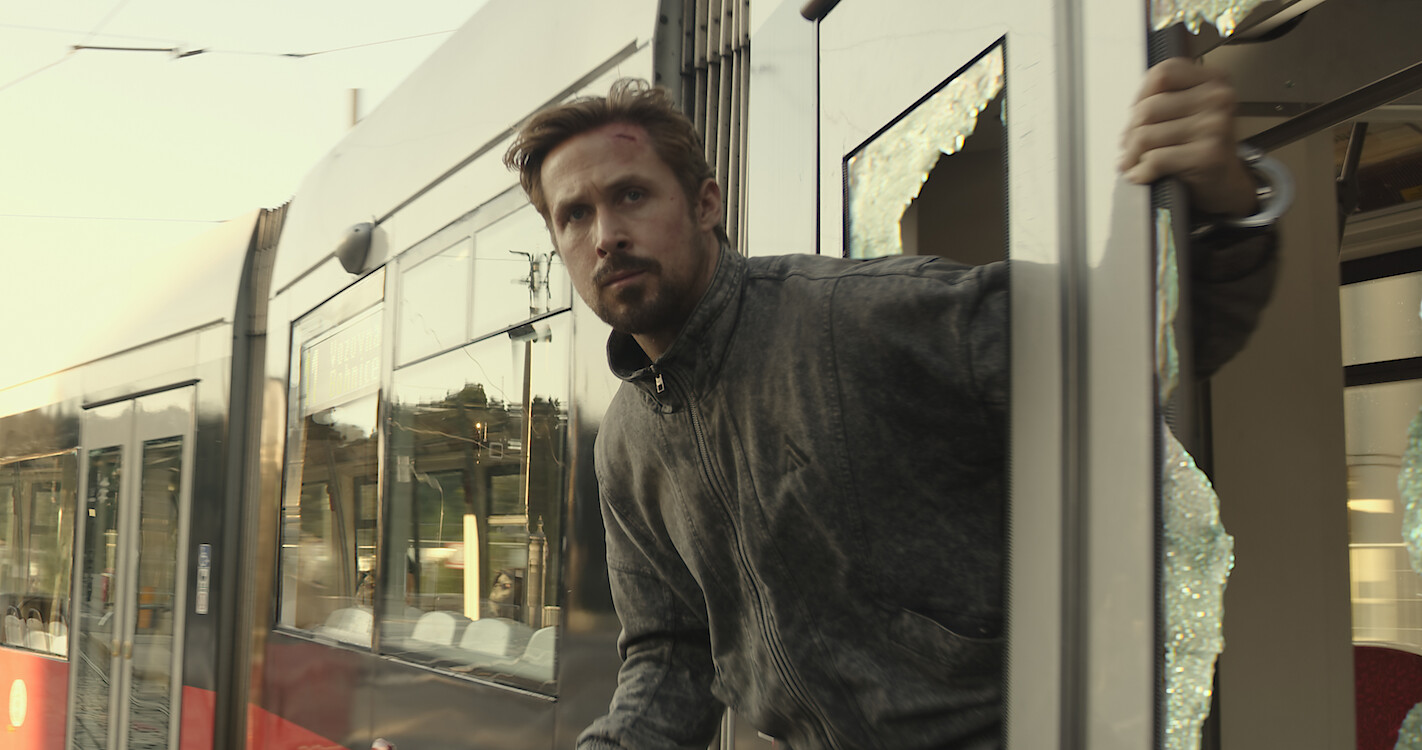Netflix Is Cutting Itself Down To Size Even More Than You Know (Bloom)
Here are the key questions of Netflix’s Great Reset: What’s not getting done, amid all the new and old initiatives, when you get rid of about one in seven of your employees? And will customers notice?

It’s been quite a season of transformation at Netflix, but I hadn’t quite understood how much of a shift the company has been undergoing until I started playing with a couple of numbers tucked amid Netflix’s latest round of layoffs.
Those layoffs, according to an internal memo obtained by the Hollywood Reporter, totaled 316 humans, which the company said was 3% of its workforce. Simple math (though admittedly, when it comes to journalists, math is never simple) says 3% means that was 316 layoffs out of about 10,000 employees.
Also read: Netflix Cuts Another 316 Workers
That’s not a huge slice of a multi-billion-dollar company but it’s … not great, especially for the hundreds of lives disrupted by the sudden end of dozens of high-paying, previously needed positions.
More generally, it means Netflix, by its own accounting, has something like 9,700 workers. Just six short months ago, at the end of 2021, Netflix filings said the company had 11,300 workers.
So, where did the other 1,600 jobs go? The difference between 11,300 and 9,700 is a lot, a drop of more than 14% in less than half a year, or roughly one in seven employees.
Netflix has a notoriously rigorous up-or-out culture that pays employees extremely well, but quickly sends them out the door with a nice severance package if they don’t, in some fashion, measure up.
NEXT TV NEWSLETTER
The smarter way to stay on top of the streaming and OTT industry. Sign up below.
But even with the turnover that can be attributed to that HR policy, we can specifically track back to only 641 reported layoffs since March. The other 1,000 disappeared jobs were approved positions the company didn’t fill when someone left.
The cuts come at a time when the company is already doing plenty, and planning to do more as it spends a projected $17 billion this year on content.
It already runs 40 production centers around the world that find, produce and deliver local content to more than 220 million subscribers in more than 190 countries. And the company is creating an ad-supported tier (a whole new business), and may dive into live-streamed events (a new business) and more thoroughly into longer theatrical releases with far more substantial marketing budgets (a very old business to be done in a very different way). It also launched a video game division last year that is acquiring developer studios and titles.
You can see where some of the money the company spends is going. I was at one of Netflix’s sleek Hollywood office towers this past week, for an advance screening of The Gray Man. The spy thriller from the Russo Brothers, who created four of the biggest Marvel Avengers movies for Disney, marks the most expensive swing yet by Netflix to create a new franchise.
I won’t break embargo with details about The Gray Man, which has a limited theatrical release in two weeks and debuts on Netflix a week after that, on July 15. But suffice it to say, you can see seemingly every nickel of the $200 million they spent onscreen, as an all-star cast zips across locations on multiple continents amid roaring mayhem of the highest craft.
It’s not the only highlight of the summer release schedule either.
One of Netflix’s durable hits, The Umbrella Academy, returned last week, and the second half of Season Four of another of Netflix’s greatest hits, Stranger Things, debuts Friday. The company’s putting a lot of terrific stuff on screen. But turns out, going forward they’re going to be doing that with a lot fewer people.
In fact, Netflix’s workforce is now barely larger than it was at the end of 2020, when the early months of the pandemic complicated hiring, recruiting and retention. The employee count grew by its lowest rate in five years, though by a still-notable 9.3%, to 9,400 workers.
Now, the company has quietly gone through a near-complete reset of operations, even as it moves into a string of new initiatives while continuing to spend all that money on new shows.
Company executives have been busily reassuring glum agents, production companies and stars that they intend to keep spending on all kinds of projects. And they want to create more big event projects, like The Gray Man, Stranger Things and The Umbrella Academy.
But here are the key questions of Netflix’s Great Reset: What’s not getting done, amid all the new and old initiatives, when you get rid of about one in seven of your employees? And will customers notice? Should be a fun summer. ■
David Bloom of Words & Deeds Media is a Santa Monica, Calif.-based writer, podcaster, and consultant focused on the transformative collision of technology, media and entertainment. Bloom is a senior contributor to numerous publications, and producer/host of the Bloom in Tech podcast. He has taught digital media at USC School of Cinematic Arts, and guest lectures regularly at numerous other universities. Bloom formerly worked for Variety, Deadline, Red Herring, and the Los Angeles Daily News, among other publications; was VP of corporate communications at MGM; and was associate dean and chief communications officer at the USC Marshall School of Business. Bloom graduated with honors from the University of Missouri School of Journalism.

